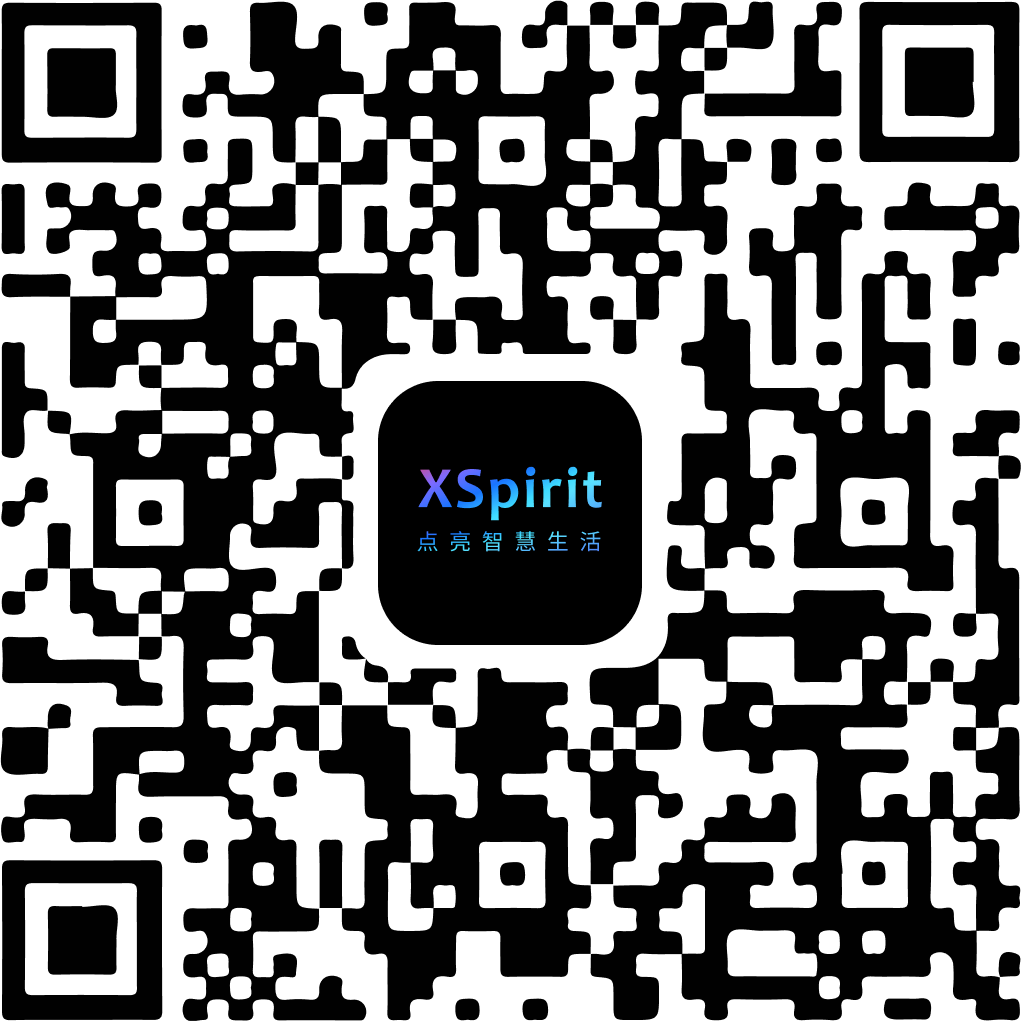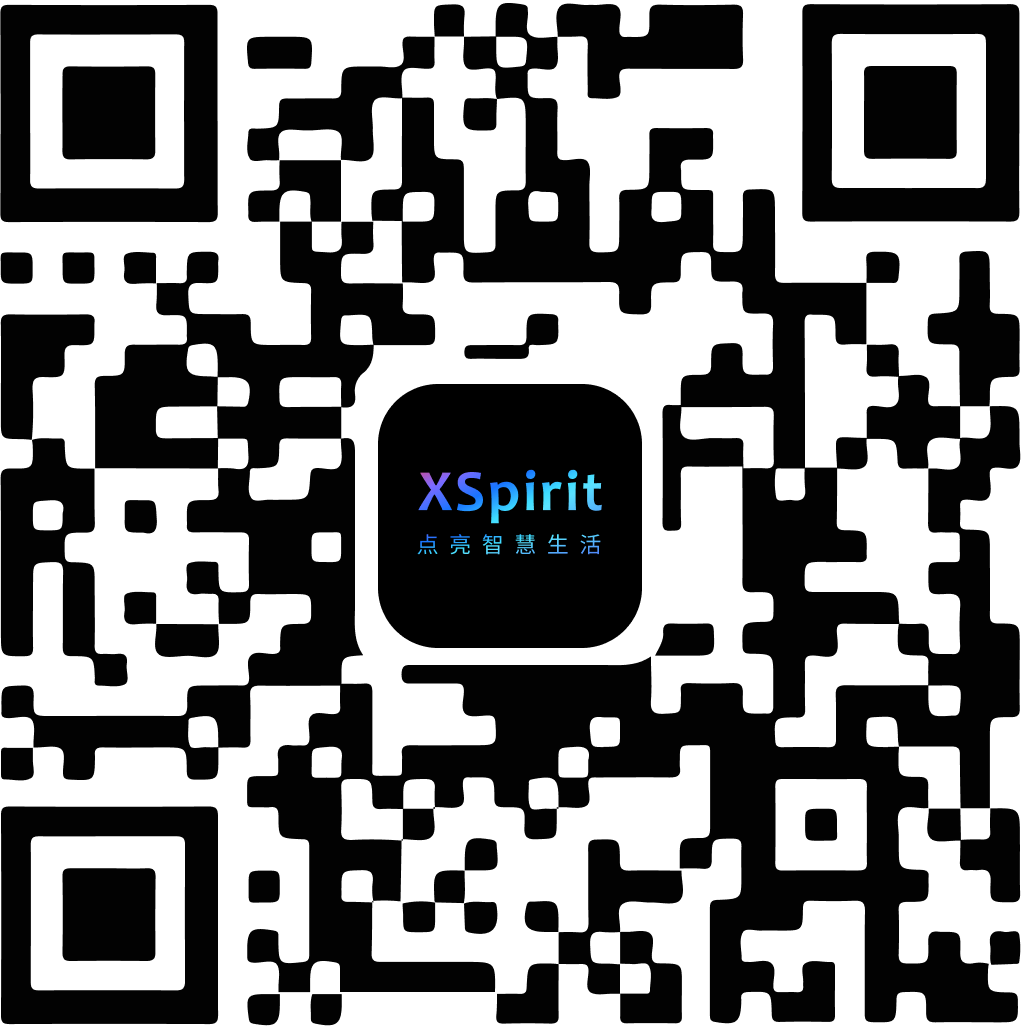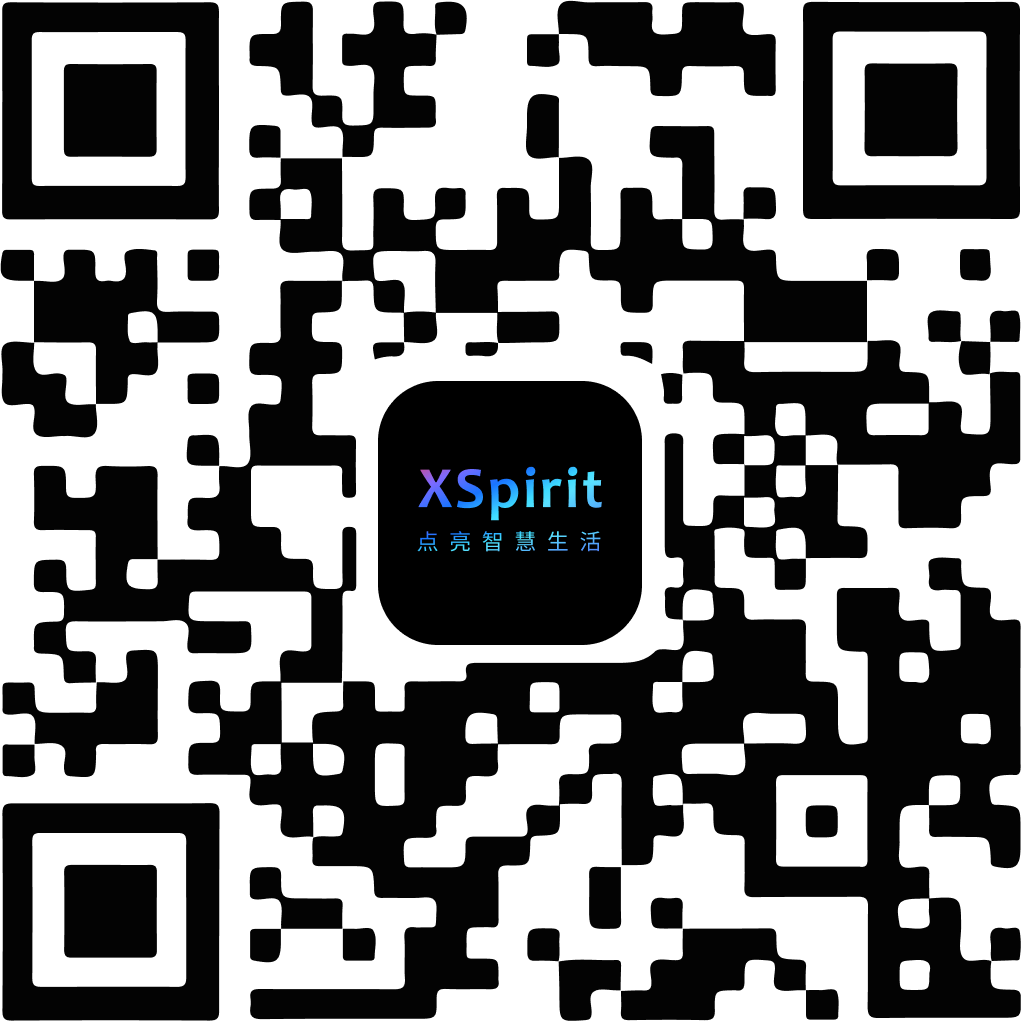Loading: Native Loading Control
The loading module provides an interface for applications to creat a loading instance.
Developers can determine whether this interface work in the EdgerOS mobile App environment through the following code:
edger.env().then(data => {
if (data.env === 'edgerapp') {
// We work in EdgerOS mobile App environment.
}
}).catch(error => {
console.error(error);
});
Every Loading application starts by creating a new loading instance with the create function:
edger.loading.create([duration])
The parameters of create method include:
duration{Number} Time required to load animation once. Default:0(loading will be permanent and will not be closed). Unit:milliseconds(ms). Optional.- Returns: {Object} Loading instance object.
Now we can instantiate a loading object:
// Loading instance object
const loading = edger.loading.create(5000)
Once instantiated, we can call methods on the instance as follows:
loading.present()
Show the loading.
- Returns: {Promise<{id: string}>} Promise object.
The returned object can contain the following member:
id{String} Loading ID, the unique identifier of loading.
Example
loading.present().then((payload) => {
console.log("loading present successful, id:", payload.id);
}).catch((error) => {
console.error(error);
});
async / await
async function present() {
try {
await loading.present();
} catch (error) {
console.error(error);
}
}
loading.dismiss()
Close the loading.
- Returns: {Promise<{id: string}>} Promise object.
The returned object can contain the following member:
id{String} Loading ID, the unique identifier of loading.
Example
loading.dismiss().then((payload) => {
console.log("loading dismiss successful, id:", payload.id);
}).catch((error) => {
console.error(error);
});
async / await
async function dismiss() {
try {
await loading.dismiss();
} catch (error) {
console.error(error);
}
}




 陕公网安备61019002002605号
陕公网安备61019002002605号